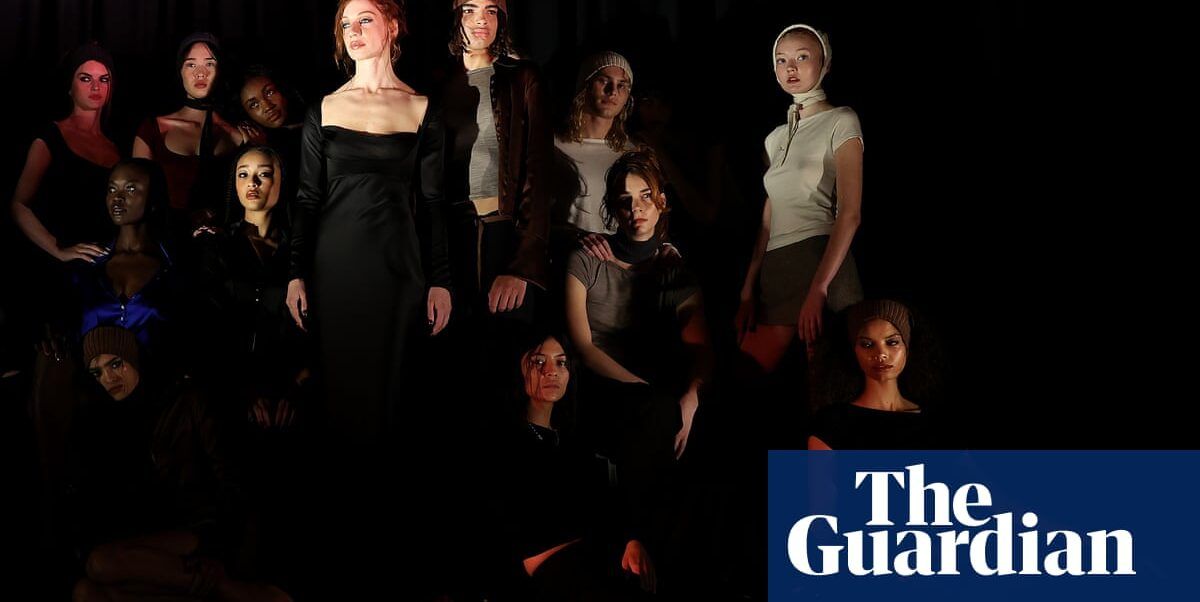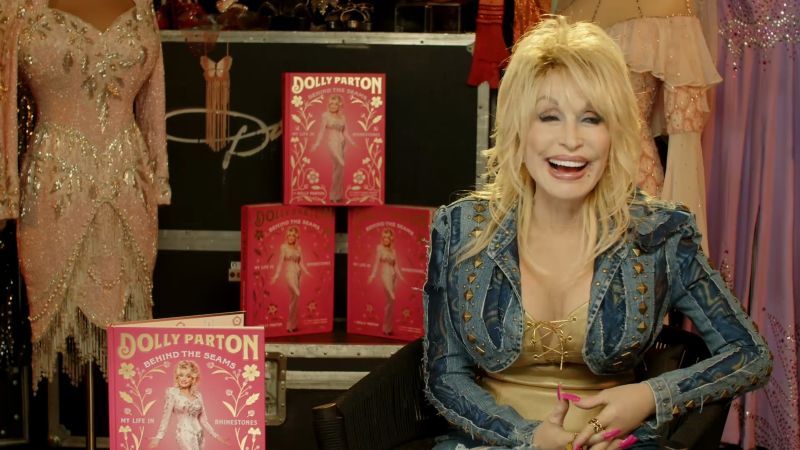When the question of sustainability comes up in fashion, the focus is usually on the physical durability of clothing. Is the construction high-quality and precise? How are the materials used in a garment obtained? Is it recycled, or recyclable?
But there’s another axis of sustainability that’s less frequently factored in. In 2005, Prof Jonathan Chapman, of Carnegie Mellon University’s School of Design, popularised the term “emotional durability” in a furniture and industrial design context.
He used it to describe design that creates an emotional attachment between object and consumer, in order to increase its longevity. Now his idea has taken on its own life. “When I wrote the book I was really trying to reach industrial designers. But, to my surprise, once the book was out it really resonated with fashion designers around the world,” he says.
“I think it’s because all designers, regardless of their product focus, want to create meaningful stuff: objects that people care about, cherish, and love. But, in reality, and particularly in fashion, what ends up getting produced is meaningless rubbish. [Things] people don’t care about, feel very little for, and most definitely do not love.”
Love has little place in fast fashion’s churn: the equivalent of a truck full of discarded clothing ends up in landfill approximately every second, while 92m tonnes of textile waste are created every year.
-
Sign up for our rundown of must-reads, pop culture and tips for the weekend, every Saturday morning
So what does it take to create a garment people will actually feel for, connect with, and hold on to?
Alix Higgins’ pieces are not “trendy” in the literal sense – his simple silhouettes are similar across seasons – but they are undeniably cool. The designer, who has just been awarded emerging designer of the year at the Australian Fashion Laureate, prints body-tight Lycra with original lines of poetry.

“My fashion-making process has always begun with an emotional output,” he says. “So it’s always been about connecting myself to … the person who’s consuming the product.”
When Higgins first started his brand in 2018, he hand-delivered his pieces around Sydney. This came from a desire to connect with his customers, not just his mistrust of Australia Post.
He doesn’t have that luxury any more – not when Hunter Schafer and Rita Ora are requesting his pieces – but he’s finding new ways to speak to his wearers.
Many of his most popular pieces, for example, have single words digitally printed on to them, like “Fairy”, “Baby” or, most recently, “Bottom”. (He loved how his audience interpreted the latter, but says it began as a reference to the Midsummer Night’s Dream character of the same name.)
But hidden somewhere, “in some more intimate part” of the garment, there are snippets of text intended just for the person who owns it, Higgins says. “It’s not a statement of identity, or even something that other people can recognise – it’s like a little way for me to speak just to [them].”
“They feel like they’re part of a conversation, rather than just having things printed from a factory line and shipped to them, kind of anonymously.”
Like Higgins, Isabelle Hellyer is an Australian designer who has cultivated a niche but strong following, both locally and abroad. For her label All is a Gentle Spring, Hellyer takes inspiration from historical silhouettes, fitting peplums on to tight-drawn corsets, and pairing Regency sleeves with miniskirts. The result is a hyper-stylised modern coquette look, redrawn through a woman’s gaze.

Hellyer says she doesn’t necessarily think about the relationship between her “future heirlooms” and the woman buying them as she works. (“You can get quite confused” if you do, she says). Rather, she designs for herself.
after newsletter promotion
“It’s more intuitive, but that’s why it works – I think that I’m quite similar to the customer,” Hellyer says. “I just trust that what I want to wear, she will also want.”
Customers feel connected to her clothes, she believes, at a conceptual level. When she designs, Hellyer draws from the patterns and craftsmanship techniques passed down from her great-great-grandmother, who owned a dressmaking shop in Melbourne from the 1910s to the 30s.
Hellyer makes all of her pieces locally using small businesses, and is passionate about a return to the glory days of Australian manufacturing. In her great-great-grandmother’s time it was possible to make a real living from dressmaking. It’s this story and ethos that her customers buy into.
While her demure-ultra-femme look is popular right now – Hellyer admits to having spotted her pieces on TikTok mood boards for “aesthetics” she’d never heard of – trends do not factor into her thinking. “Many of the designs, certainly the strongest pieces … They’ll be equally as chic next year and the following. Some of the silhouettes just can’t age.”
The New Zealand-born brand Maggie Marilyn, created by Maggie Hewitt, is a B Corp, meaning that it has satisfied a long list of evidentiary requirements to certify that it operates in a sustainable way.

“Longevity is something I think about a lot,” Hewitt says. “It’s fairly obvious that it’s overlooked in our industry. It’s pushed down the priority list. Brands are focused on fabrications and supply chains – understandably.”
“But we’ve always wanted to design clothes that our customers can share with people, wear and rewear.”
Maggie Marilyn isn’t an old brand – it began in 2016 – but it recently released an archive collection. This was intended as a kind of dissent against fashion’s fetishisation of newness. Hewitt wanted the brand “to share with customers that we still really believe in the pieces and silhouettes we brought out five years ago”.
Chapman notes that emotionally durable design is often at its most effective when it allows for change and modification over time. “The key is to design products that adapt to change.” People change, so designers need to make objects that can change along with them, “keeping them relevant, current, and in a constant state of ‘becoming’”.
One of Hewitt’s pieces, the early mornings shacket, is a loose-fitting wool over-layer, checked and a little rustic. It is inspired by dawn fishing trips she took with her father, where family members would often swap jackets, based on who was cold.
Her design is made of a brushed, worsted wool that is slightly rough when first worn, but relaxes into the body over time, fading into a softer version of itself. “It only gets better with wear,” she says. She hopes pieces like this will show customers, “you can continue the story”.




